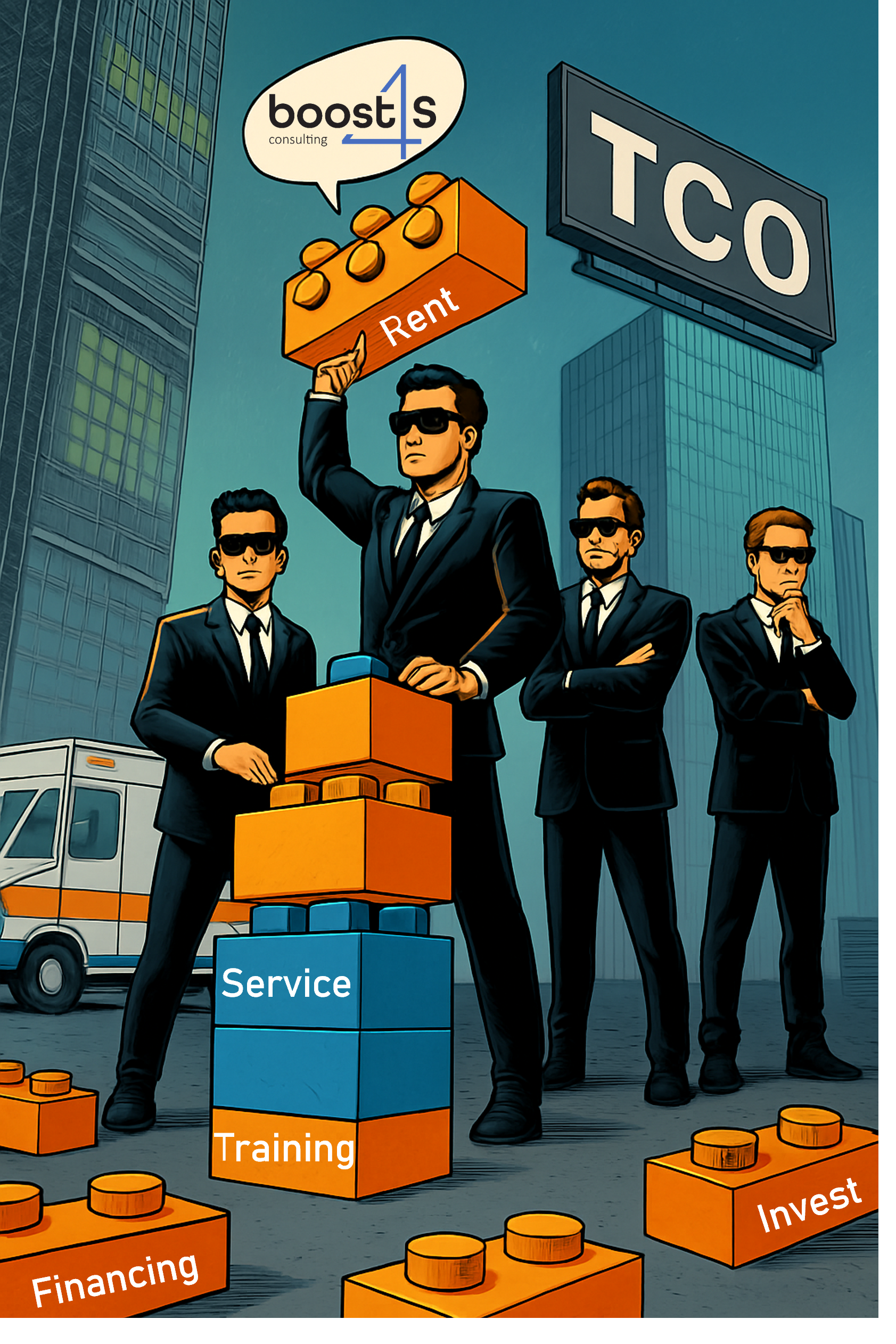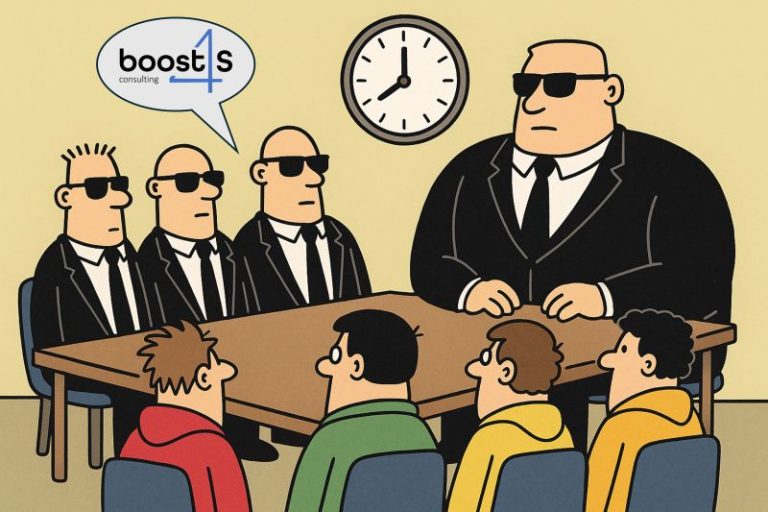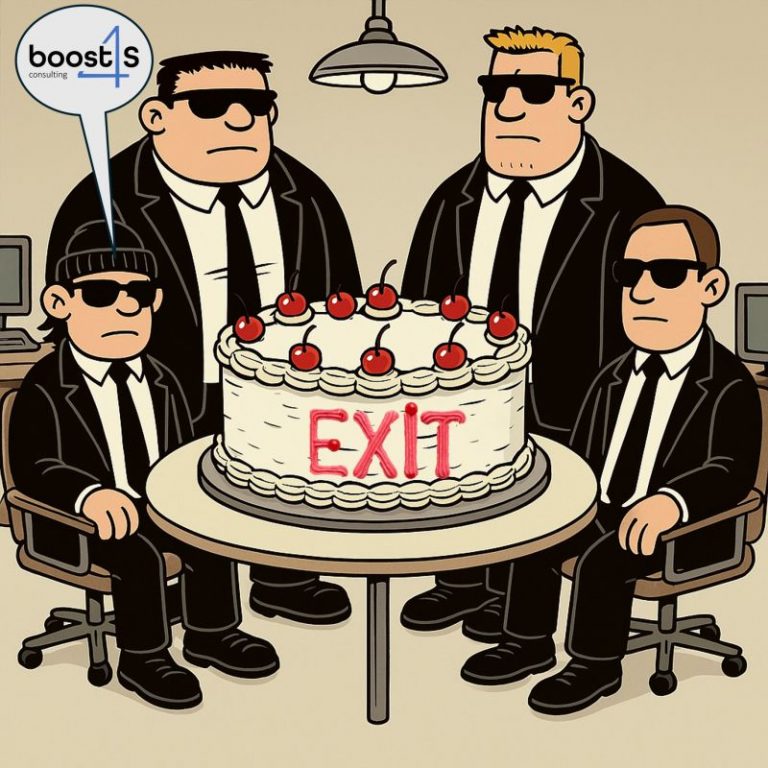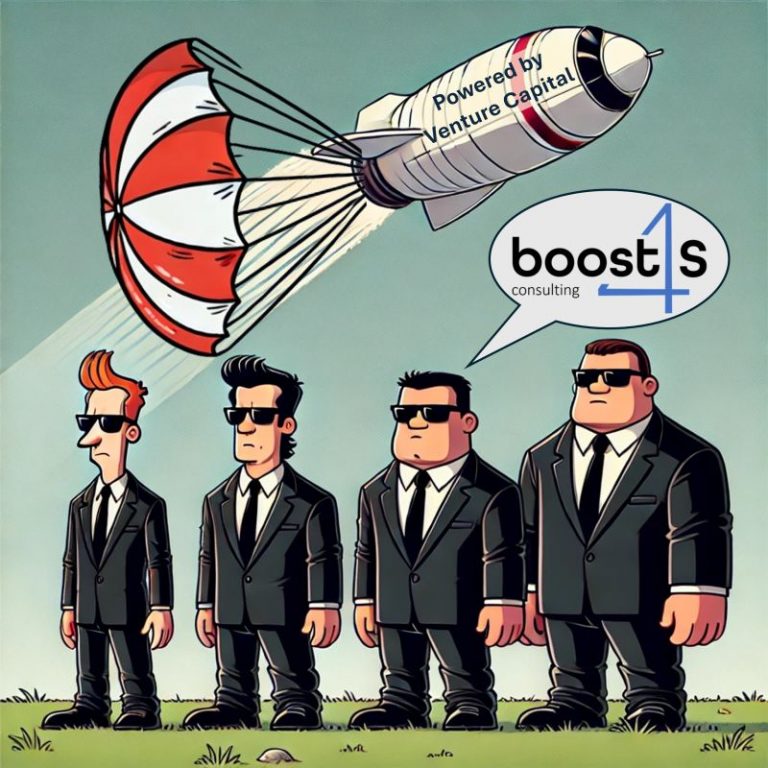In the B2B environment, offers are compared for larger purchases. It is therefore important for founders/start-ups to keep the customer perspective of the total costs in mind. A look at the Total Cost of Ownership (TCO) concept:
TCO (Total Cost of Ownership) is used to record the total costs of a product, service, or investment over its entire life cycle, making it a crucial parameter.
Founders often forget that, in addition to their own offering, customers factor many other costs into their decision. It is therefore important to take the customer’s perspective in order to understand how to influence the purchase decision and push your own offering into pole position.
Typical components of a TCO calculation:
1. Acquisition costs
2. Operating costs
3. Maintenance/servicing
4. Training/implementation costs
5. Disposal costs
6. Financing costs (e.g. interest)
In our projects, this is often a key focus in order to validate the business idea from the customer’s perspective and sharpen the USPs (unique selling proposition). Here are two examples from our project work over the last few months:
1) Volume and weight play a decisive role in aerospace. In addition to the cost of the product, it was therefore important to consider whether the innovation also offered an advantage in these two dimensions, as this is a significant factor in the overall cost.
2) Virtual reality is used for factory planning, shipbuilding, real estate, and complex industrial products and systems. Additionally, to the cost of the VR equipment, the customer incurs further costs such as ongoing operation (electricity, air conditioning, rent, personnel costs, etc.) and content preparation.
Many start-ups (and investors) often focus on building an XaaS (Everything as a Service) business model from their business perspective, but forget the customer perspective. In sales, the topic of TCO is therefore an essential component in the chain of arguments and helps to accelerate the purchase decision.
